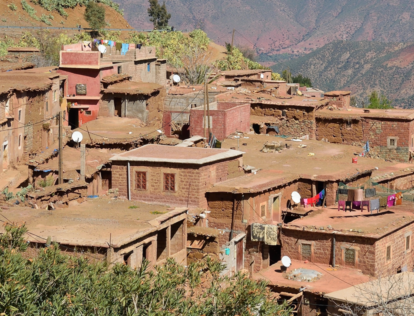Pre-bunking or Inoculation Theory on Misinformation
Journalist or citizen-based fact-checking organizations are worthwhile but are committed in terms of resources, time, and effort. “Misinformation just lingers. And in terms of scale, a fact check will hardly ever reach as large an audience as the original misinformation,” said Dr. Sander van der Linden, a University of Cambridge professor and a leading expert in inoculation.
When misinformation or propaganda is shared, the information is seeded or remembered and is more likely to be believed over time with repetition. Once seeded, fear, false comparison, exaggeration, missing context, data manipulation, or conspiracies become a belief harder to counter.
“Just like a traditional vaccine that injects us with a weakened dose of a pathogen, which then triggers the production of antibodies. Ideally, this then confers immunity against future infections. So we tried pre-emptively exposing people to severely weakened doses of misinformation. It is a two-pronged process. First, we warn people, and then we refute the misinformation before they even encounter it. This activates their intellectual and psychological immune system,” said Dr. Linden.
For those in leadership positions in government or organizations, this involves inoculating audiences about what opponents will likely say about a particular issue before they say it. Any SWOT analysis on messages should be a part of the strategic conversation for any proposal or project.
An example of climate resilience:
Today we are announcing protecting our waterfront for our children’s future and safeguarding our homes and community. (Emotional appeal) Today the Ministry is proposing a three-pronged approach to protect our seaside from climate change and rising seawater. Here are the steps we are taking…(Outline steps)
(Pre-bunking) Now, some opponents may say that seawater rise will not impact us. That climate change is a hoax. That everything is okay today, so why worry? That is taking a significant risk and going against the evidence we can see with our eyes and the measurements we take during storms. We as a community cannot afford to have homes destroyed and people’s lives ruined. We do not want to rebuild our town. We would rather spend the resources now to avoid a disaster than deal with a crisis later. We only need to look at the flooding (closest known flood location) to understand this is real.
Essentially this breaks down into:
- What opponents are likely to say and what you will hear.
- Why this is a manipulation.
- Facts and why this is important.
Understanding how misinformation tactics are used can also help people identify how they are manipulated. Linden’s game invites you to be a Fake News creator in GetBadNews. This is available in European languages, and the after-survey helps his research and findings.
Pre-bunking or Inoculation Theory on Misinformation
Journalist or citizen-based fact-checking organizations are worthwhile but are committed in terms of resources, time, and effort. “Misinformation just lingers. And in terms of scale, a fact check will hardly ever reach as large an audience as the original misinformation,” said Dr. Sander van der Linden, a University of Cambridge professor and a leading expert in inoculation.
When misinformation or propaganda is shared, the information is seeded or remembered and is more likely to be believed over time with repetition. Once seeded, fear, false comparison, exaggeration, missing context, data manipulation, or conspiracies become a belief harder to counter.
“Just like a traditional vaccine that injects us with a weakened dose of a pathogen, which then triggers the production of antibodies. Ideally, this then confers immunity against future infections. So we tried pre-emptively exposing people to severely weakened doses of misinformation. It is a two-pronged process. First, we warn people, and then we refute the misinformation before they even encounter it. This activates their intellectual and psychological immune system,” said Dr. Linden.
For those in leadership positions in government or organizations, this involves inoculating audiences about what opponents will likely say about a particular issue before they say it. Any SWOT analysis on messages should be a part of the strategic conversation for any proposal or project.
An example of climate resilience:
Today we are announcing protecting our waterfront for our children’s future and safeguarding our homes and community. (Emotional appeal) Today the Ministry is proposing a three-pronged approach to protect our seaside from climate change and rising seawater. Here are the steps we are taking…(Outline steps)
(Pre-bunking) Now, some opponents may say that seawater rise will not impact us. That climate change is a hoax. That everything is okay today, so why worry? That is taking a significant risk and going against the evidence we can see with our eyes and the measurements we take during storms. We as a community cannot afford to have homes destroyed and people’s lives ruined. We do not want to rebuild our town. We would rather spend the resources now to avoid a disaster than deal with a crisis later. We only need to look at the flooding (closest known flood location) to understand this is real.
Essentially this breaks down into:
- What opponents are likely to say and what you will hear.
- Why this is manipulation and the motives behind it.
- Facts, and why this is important.
Understanding how misinformation tactics are used can also help people identify how they are manipulated. Linden’s game invites you to be a Fake News creator in GetBadNews. This is available in European languages, and the after-survey helps his research and findings.


